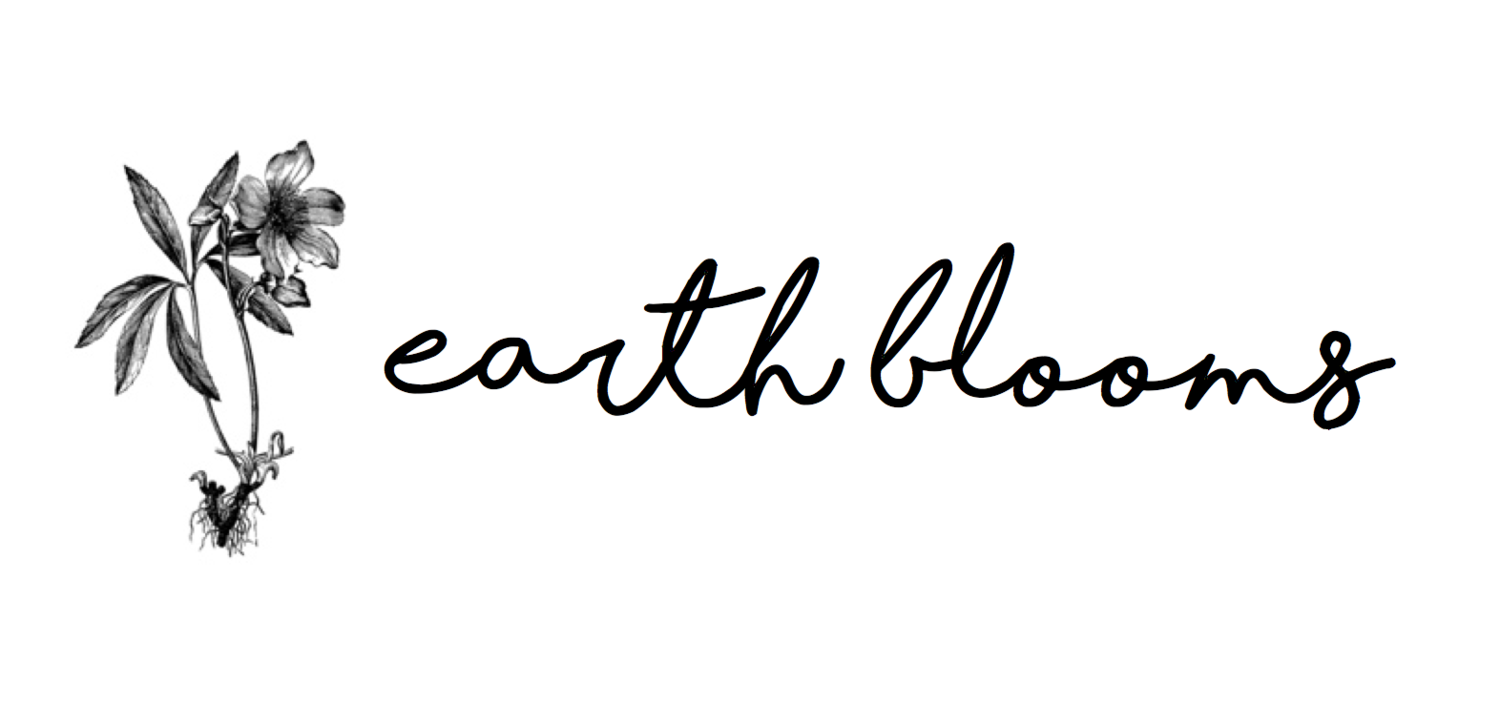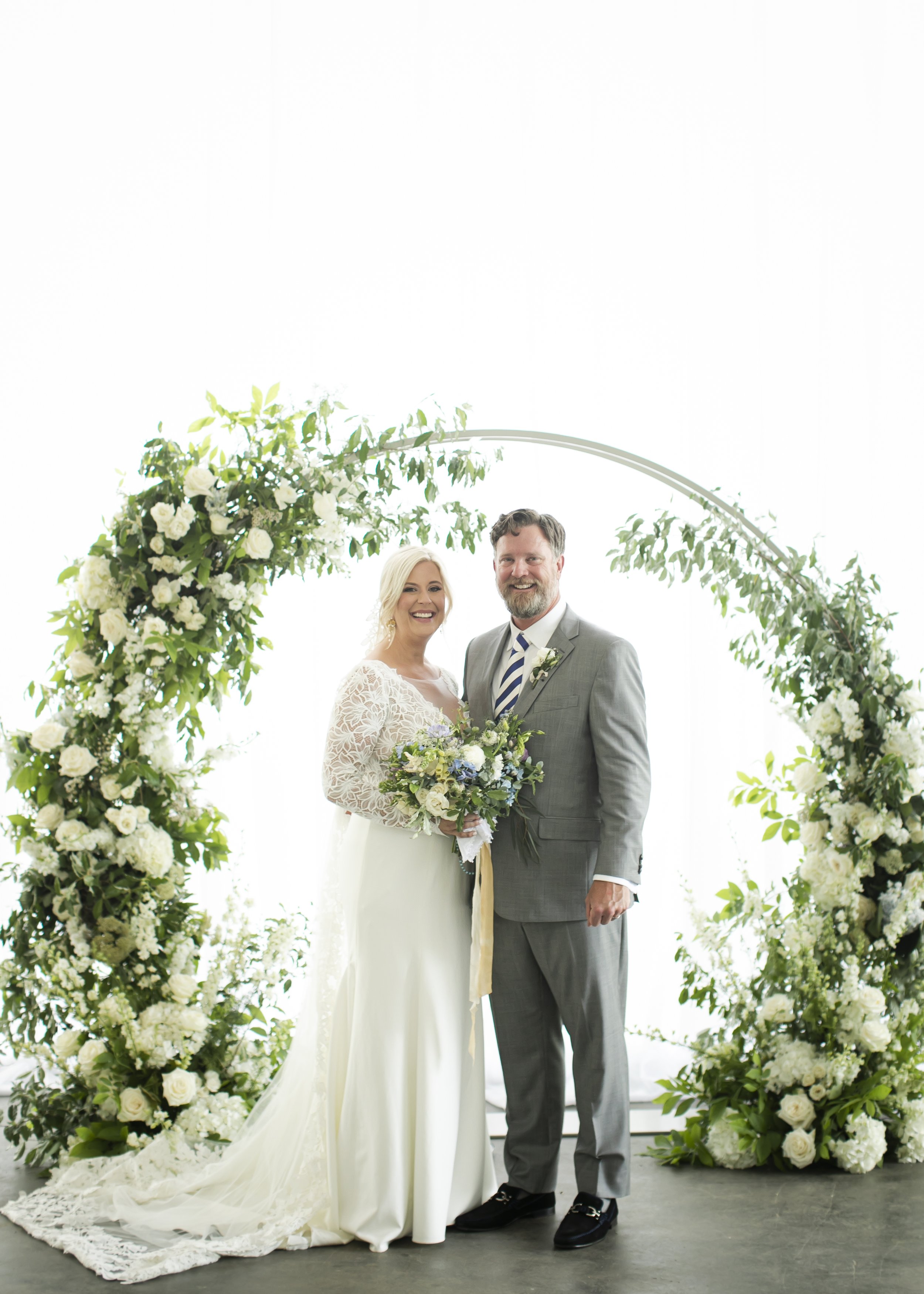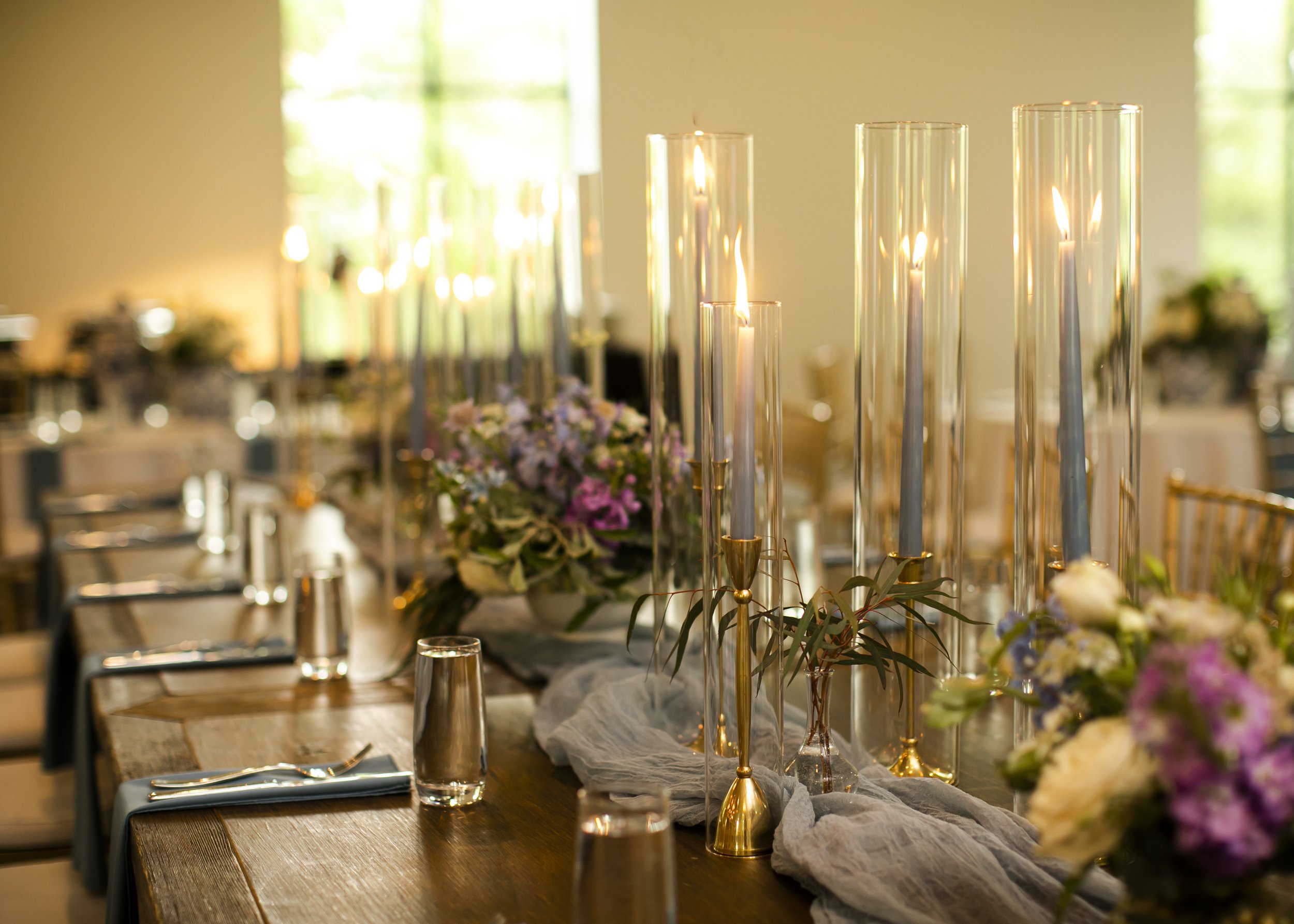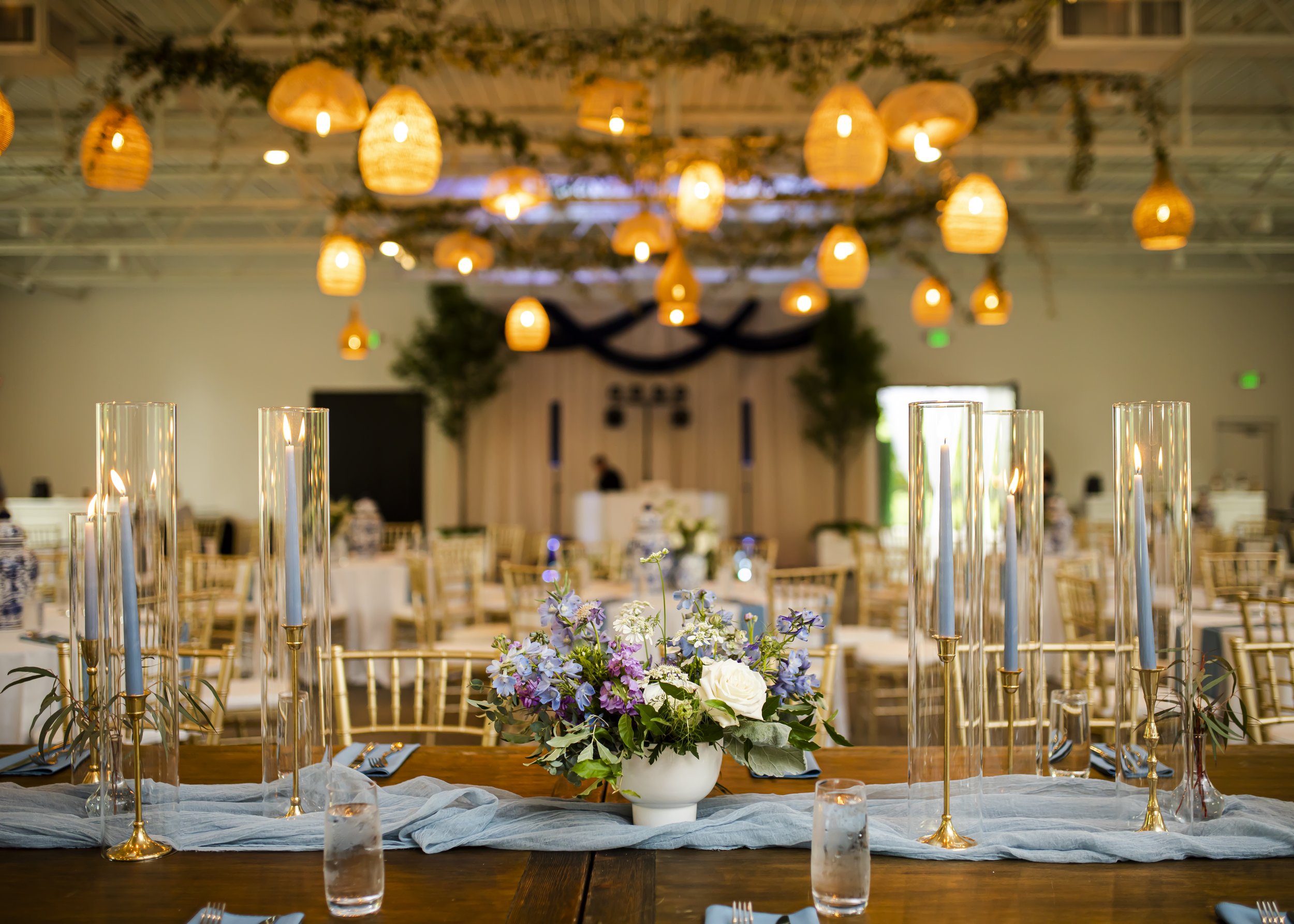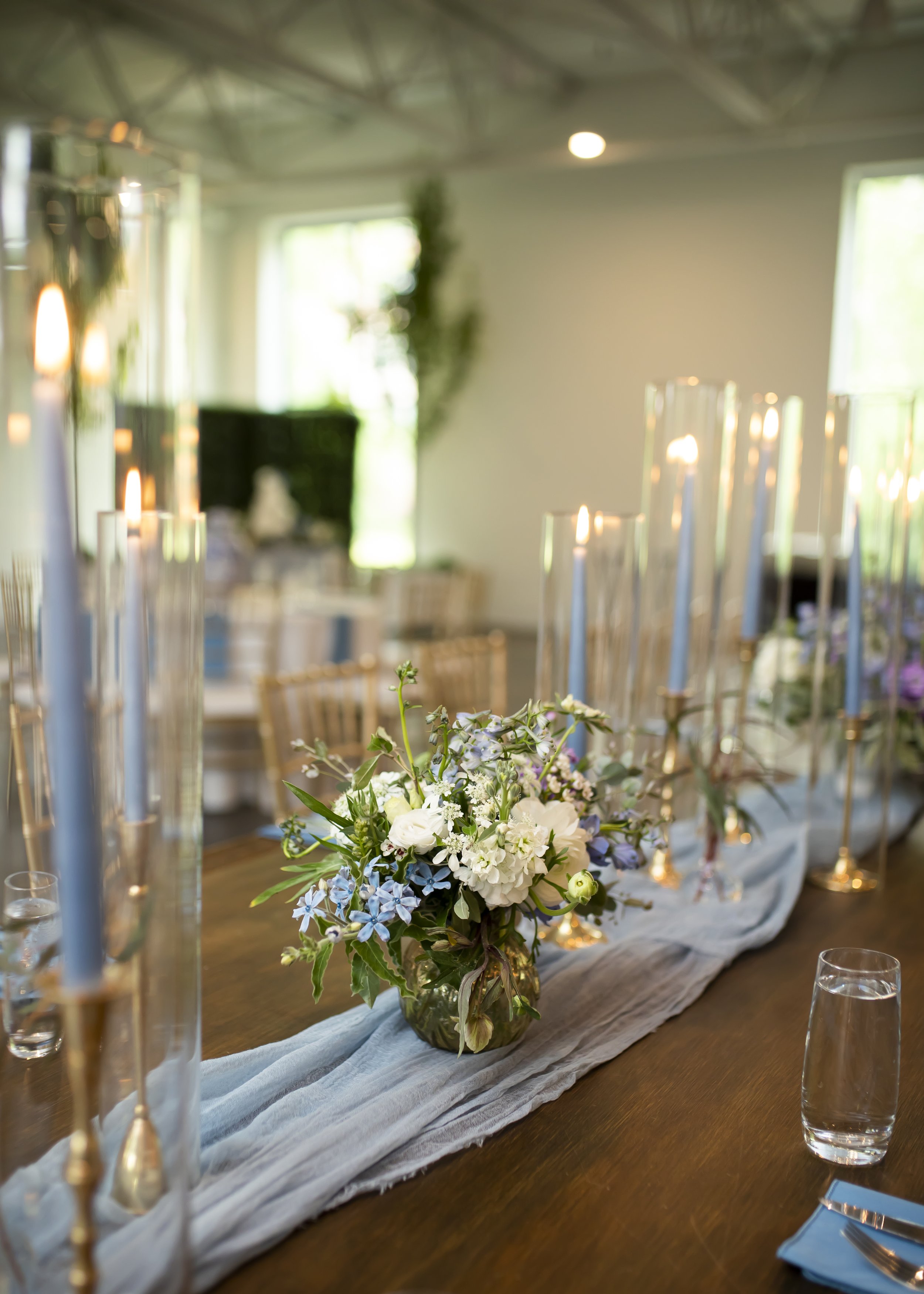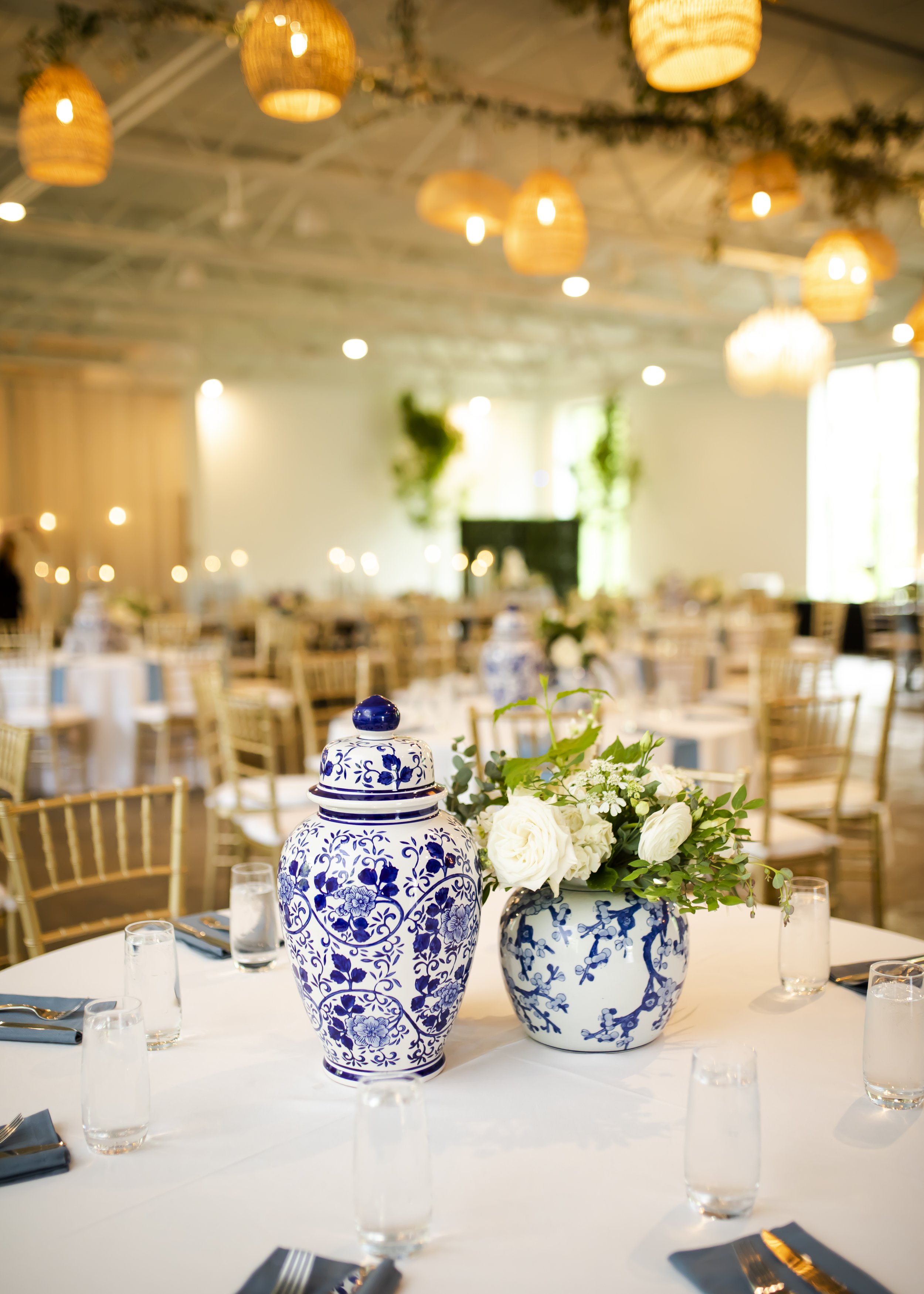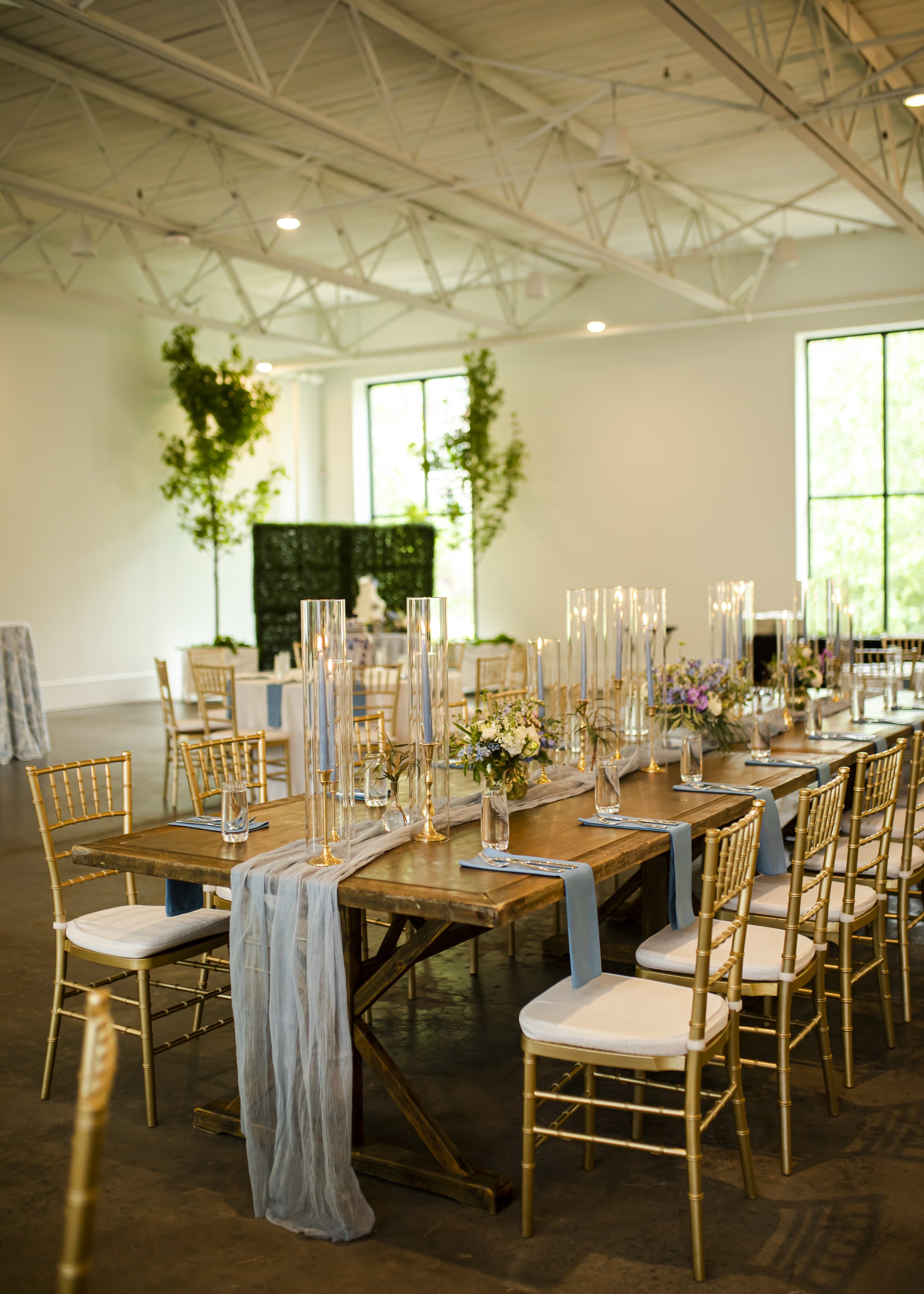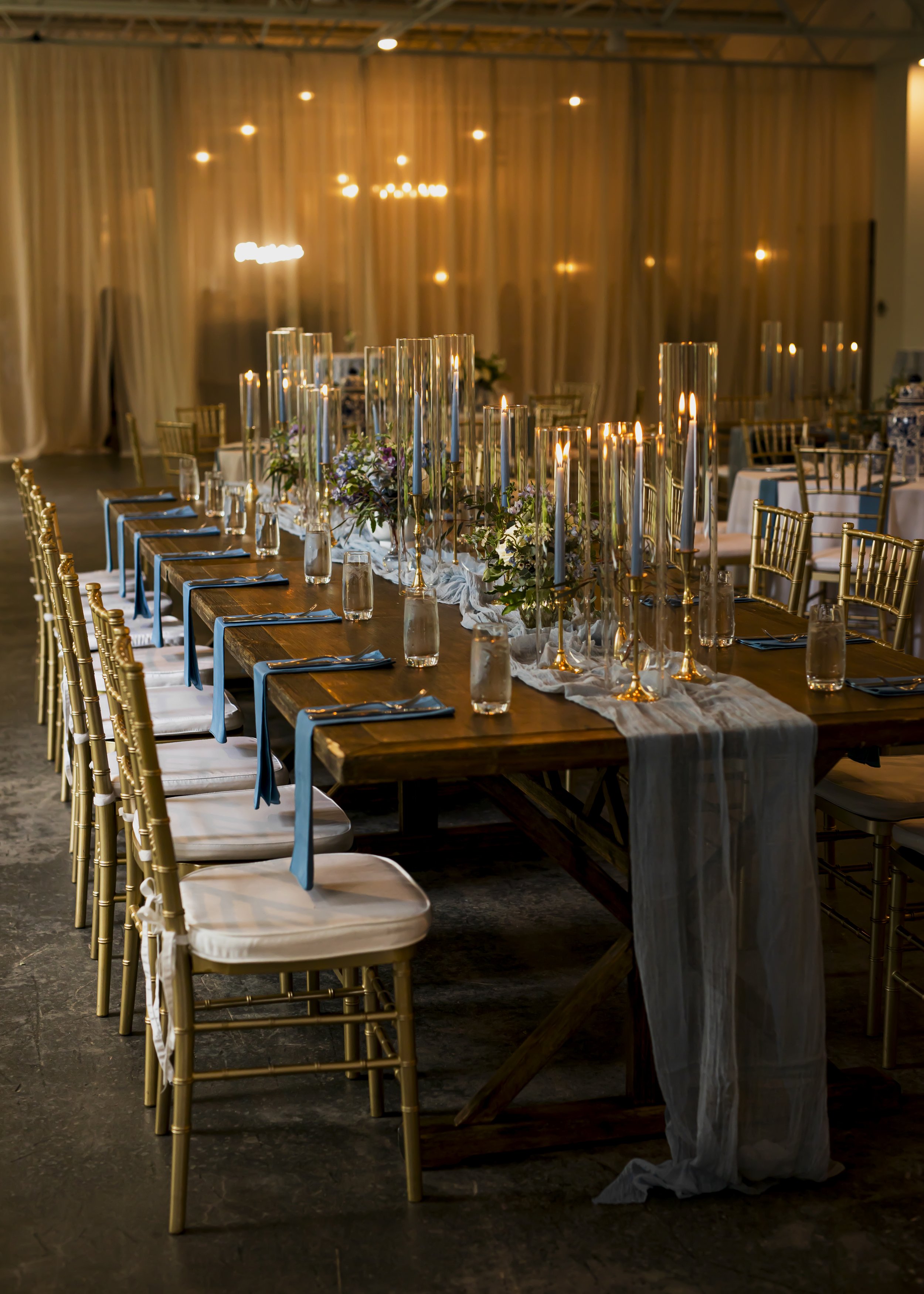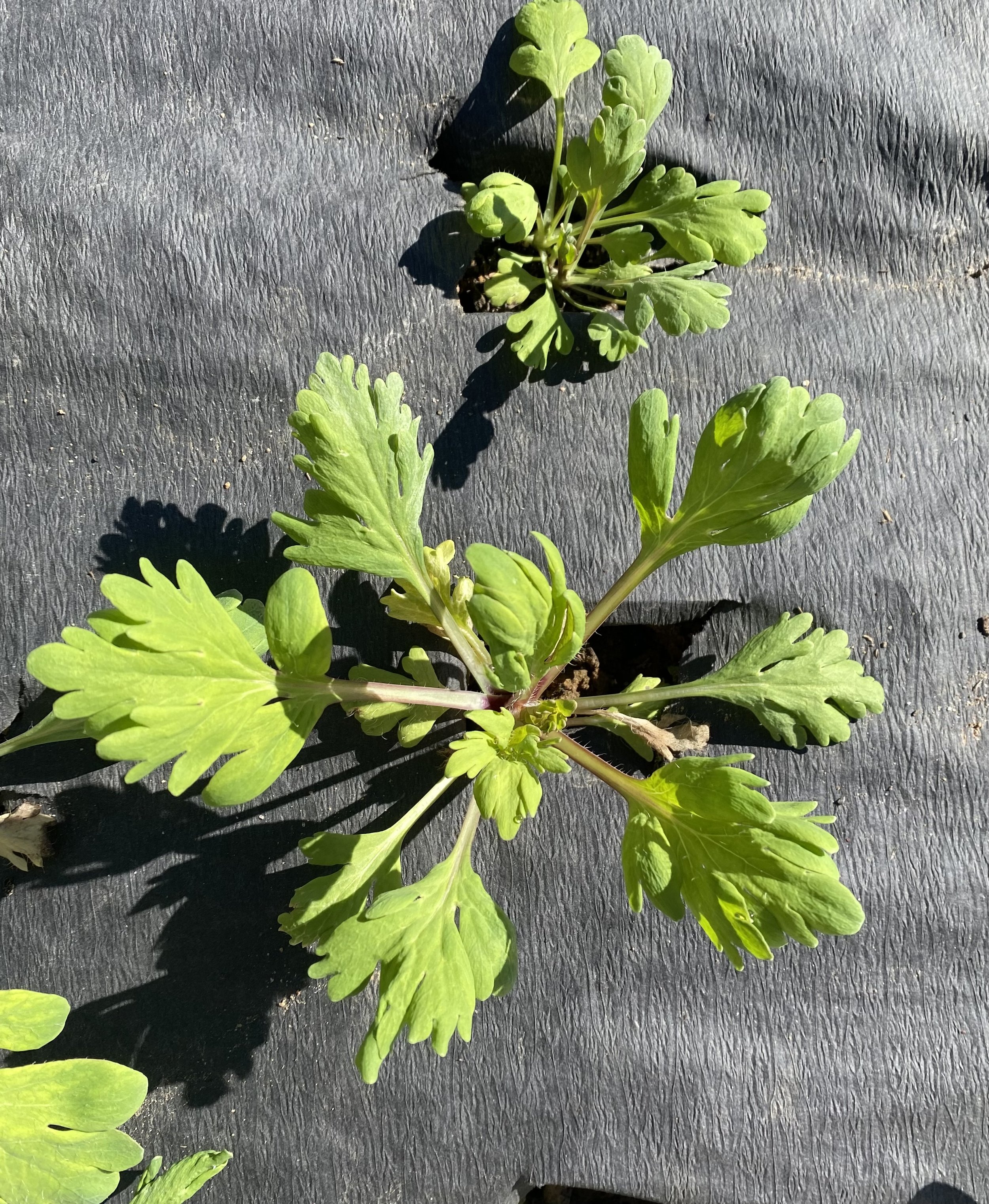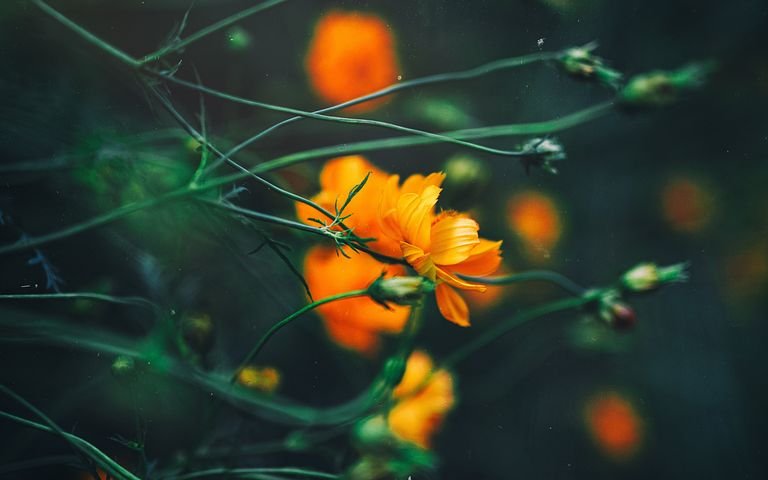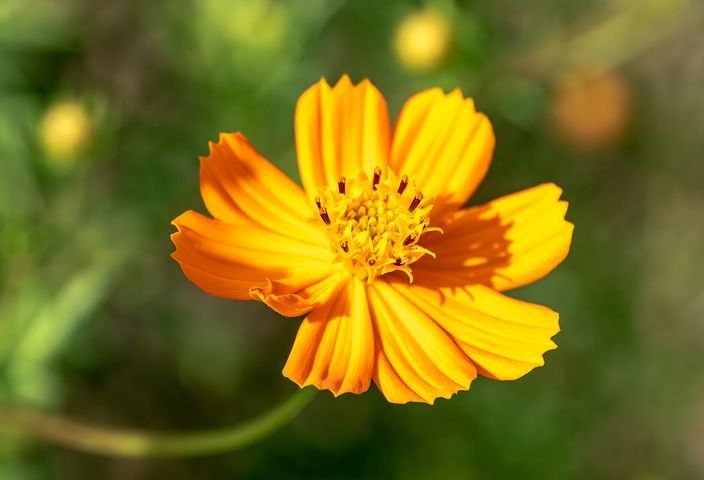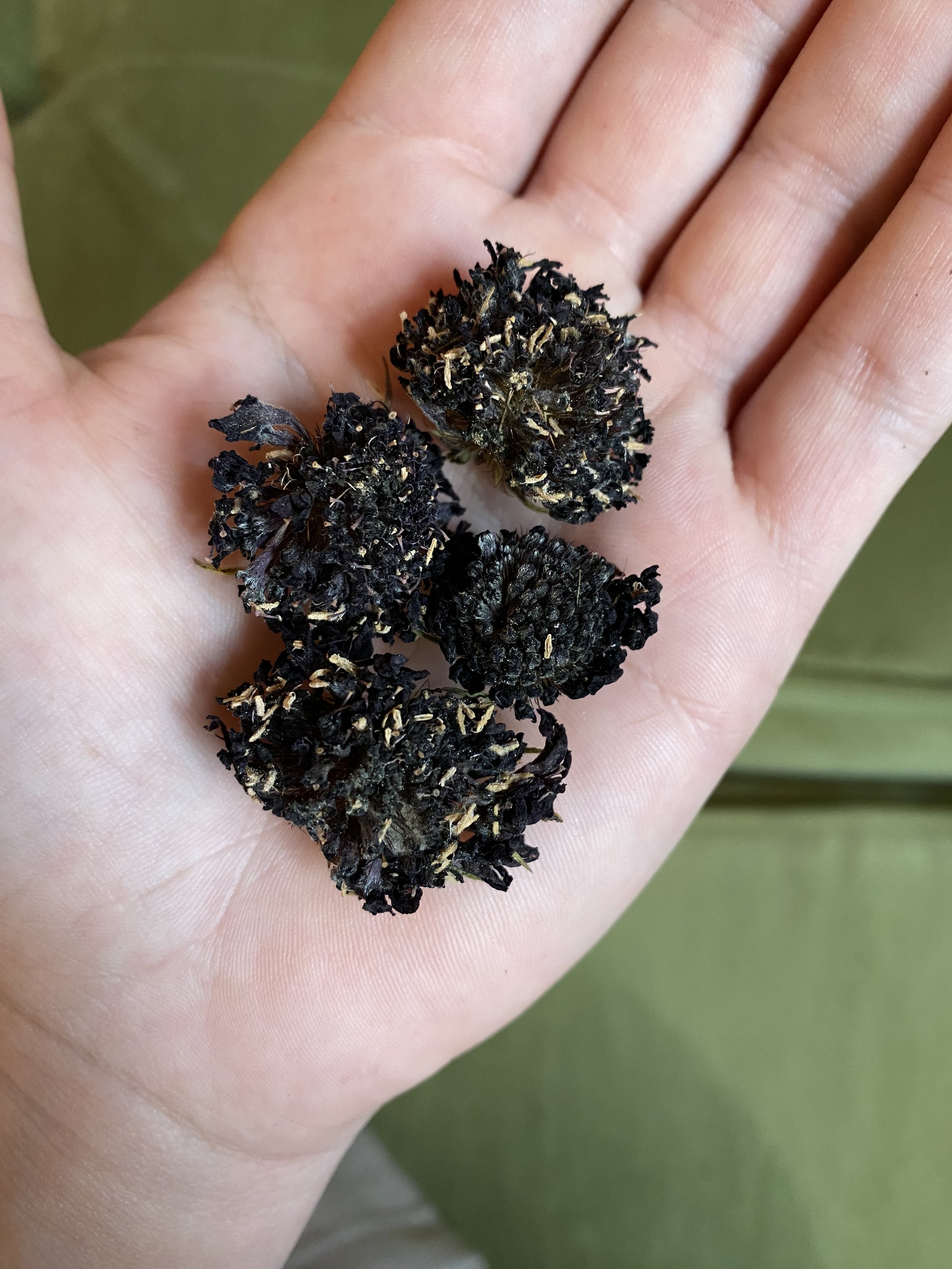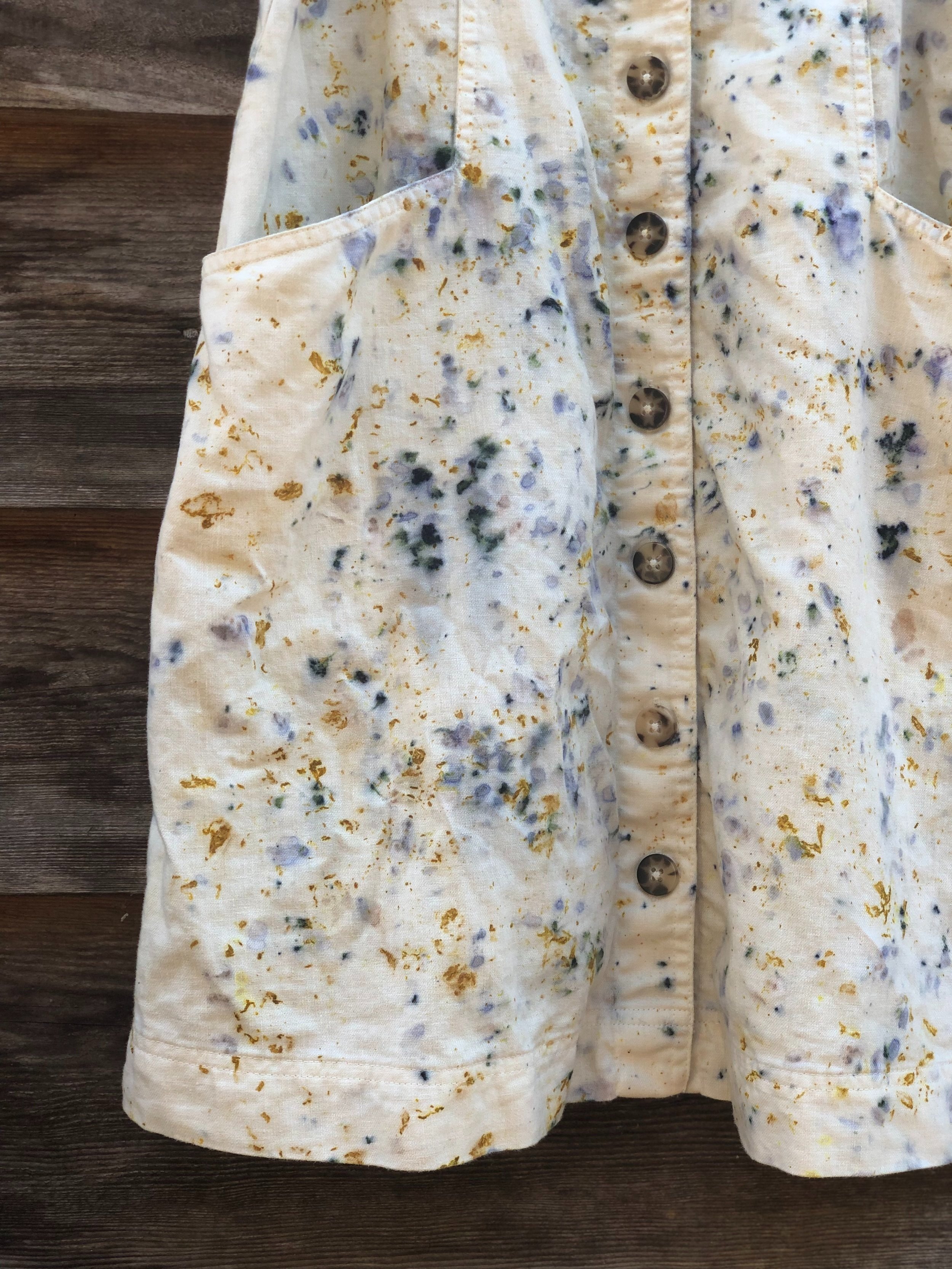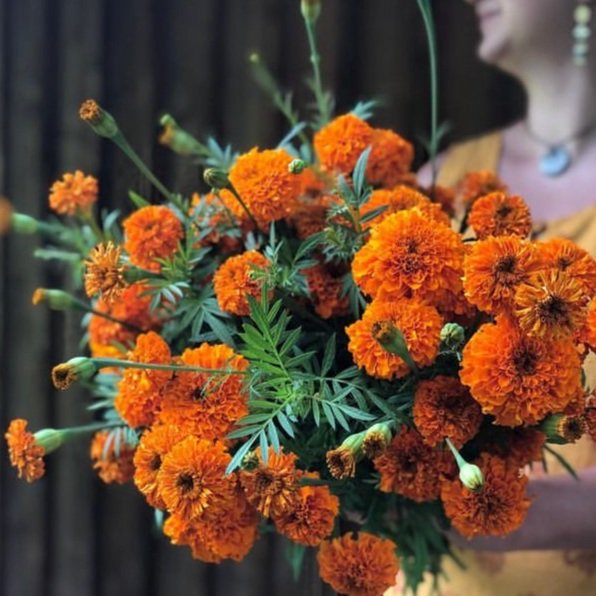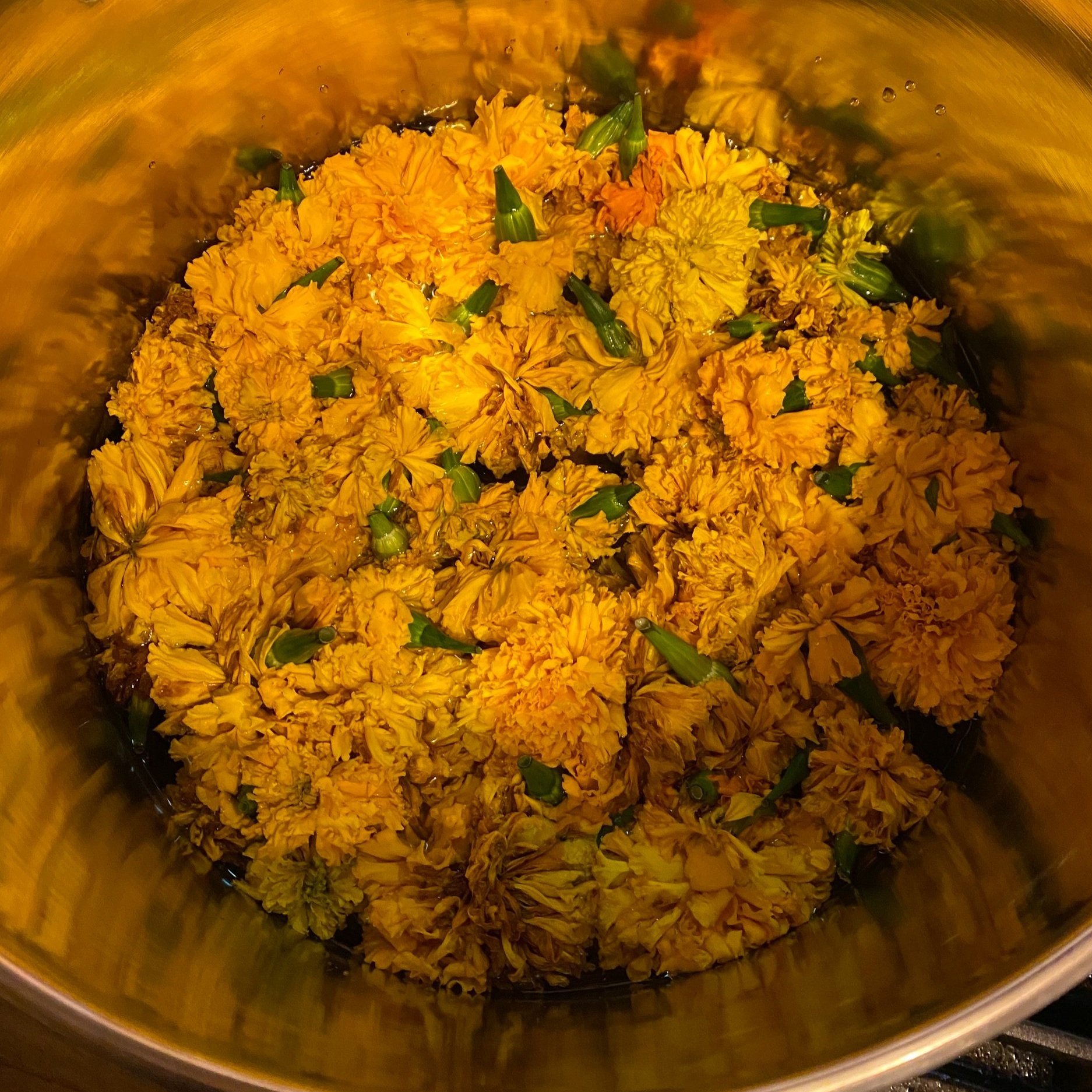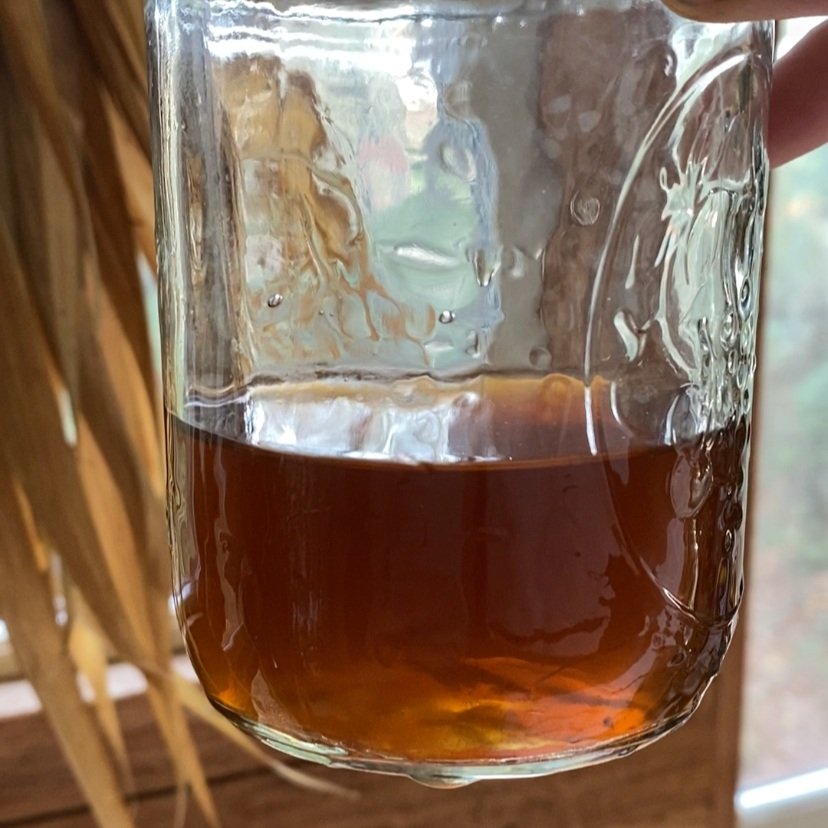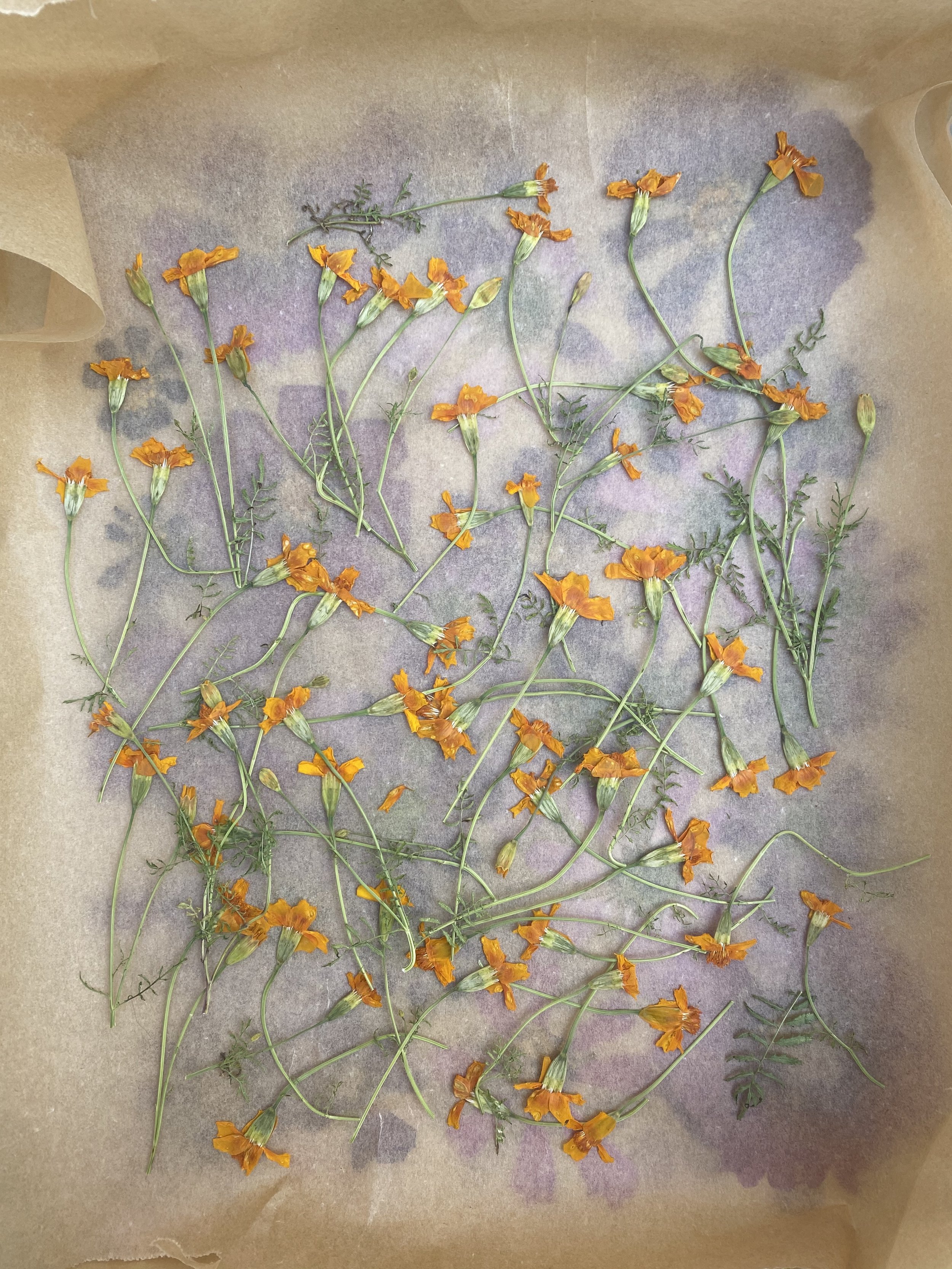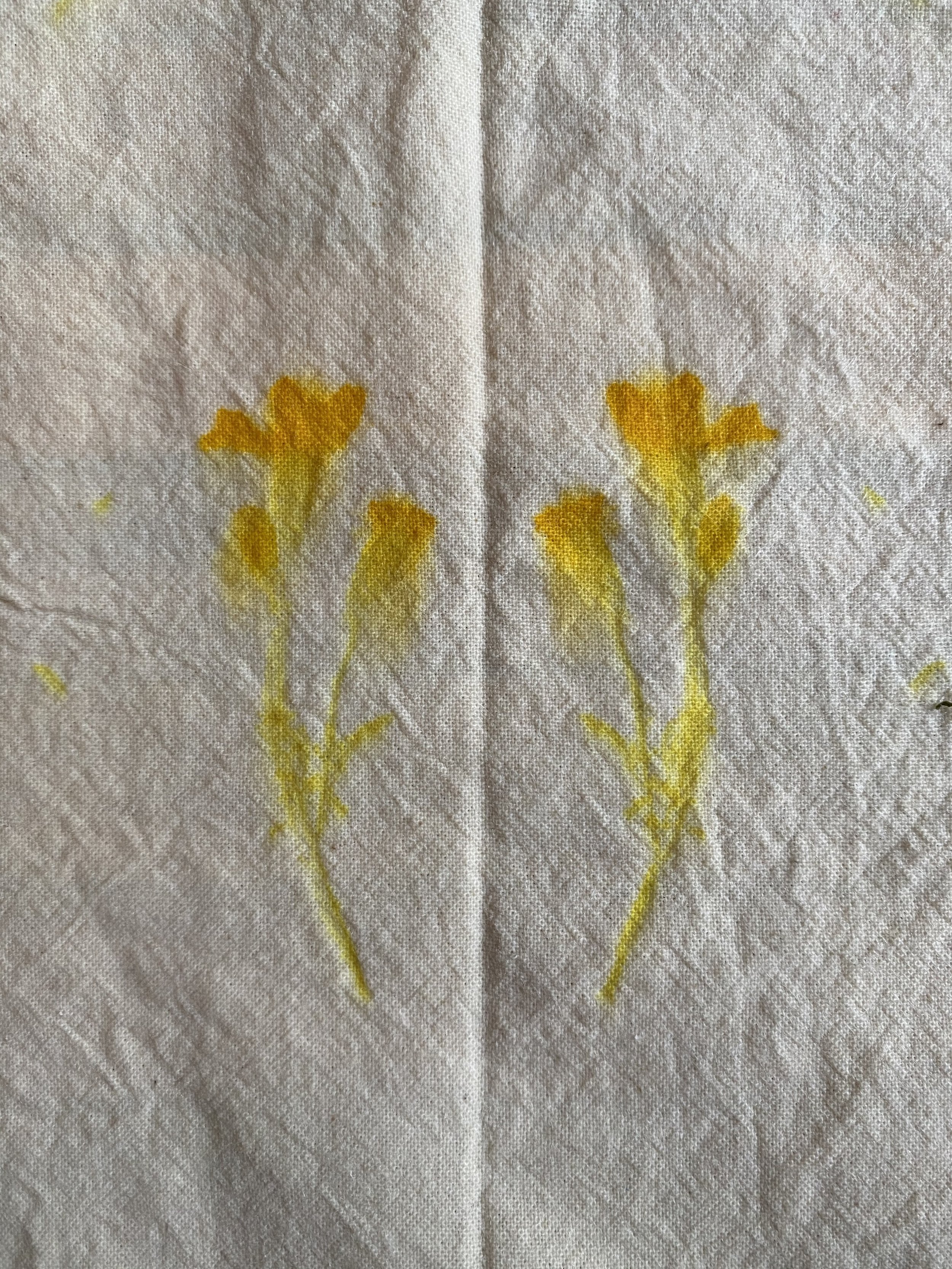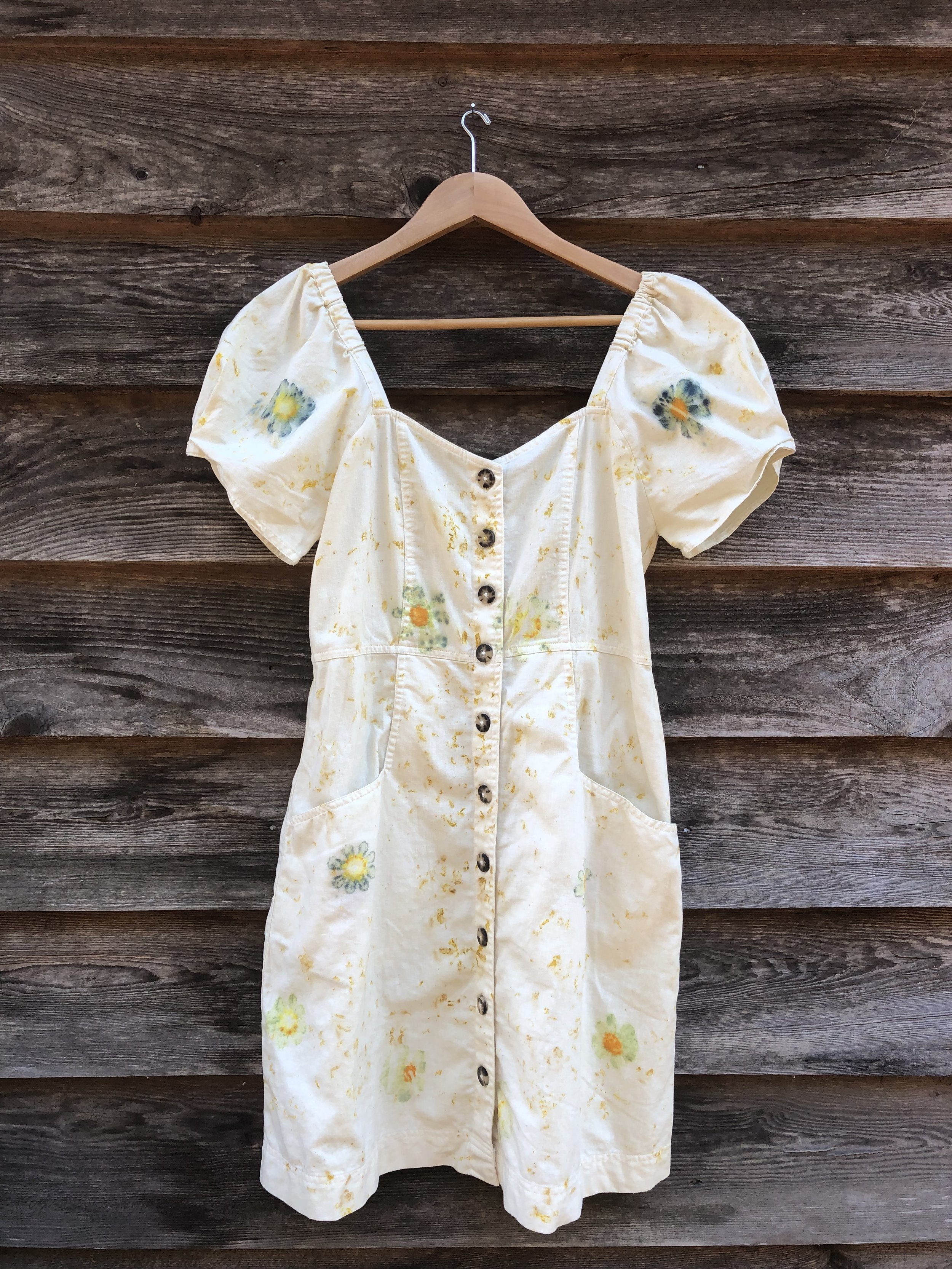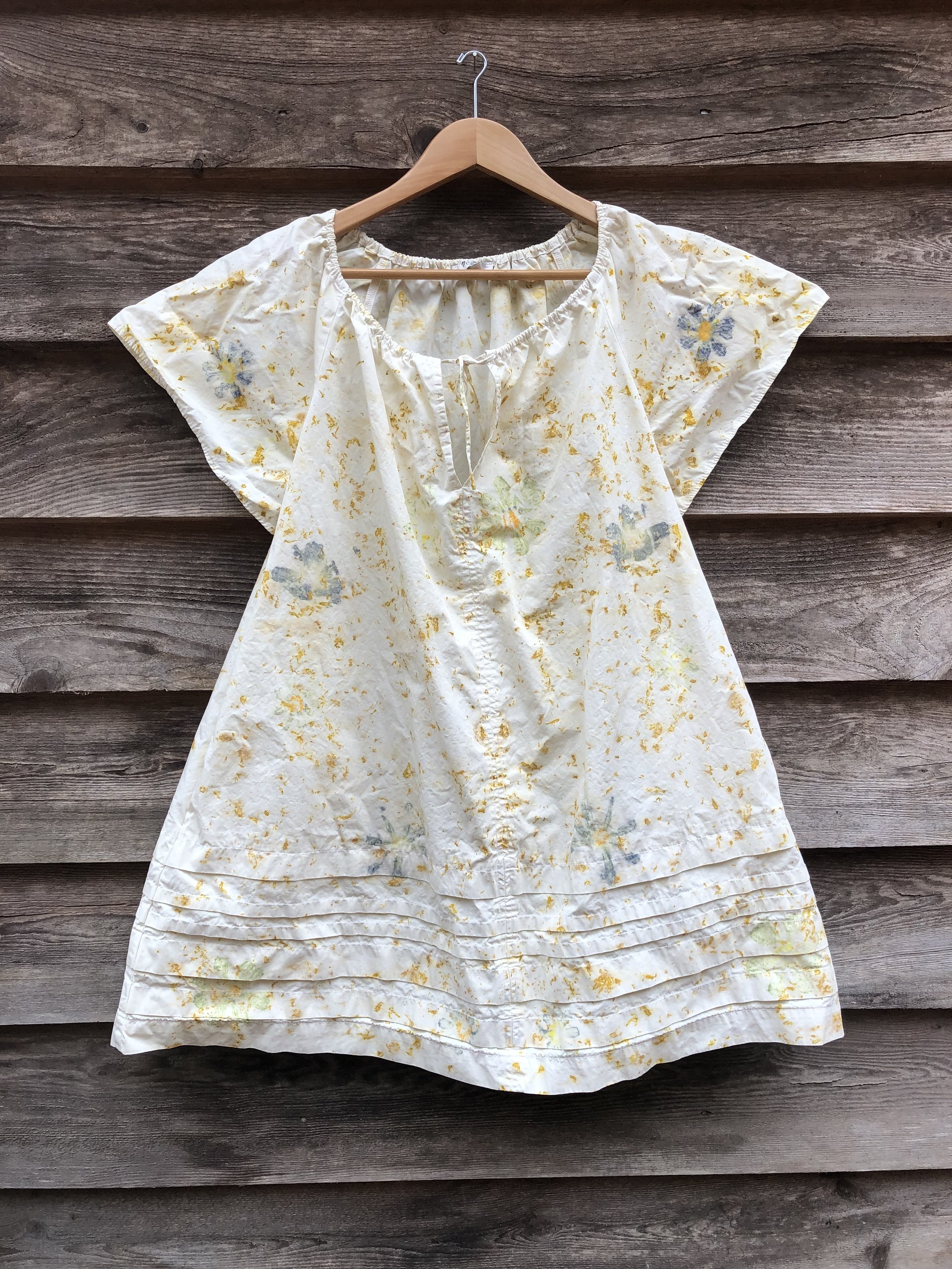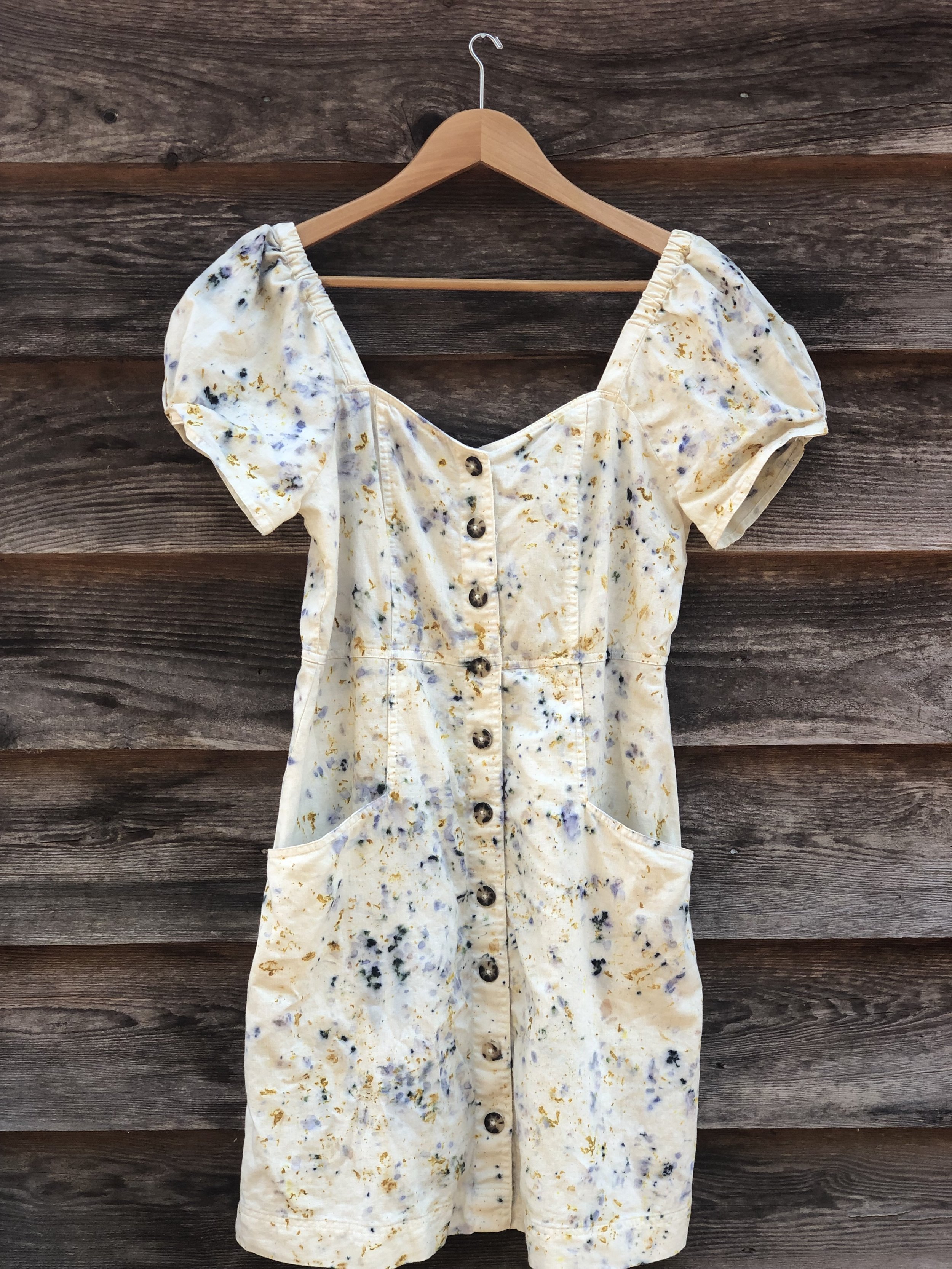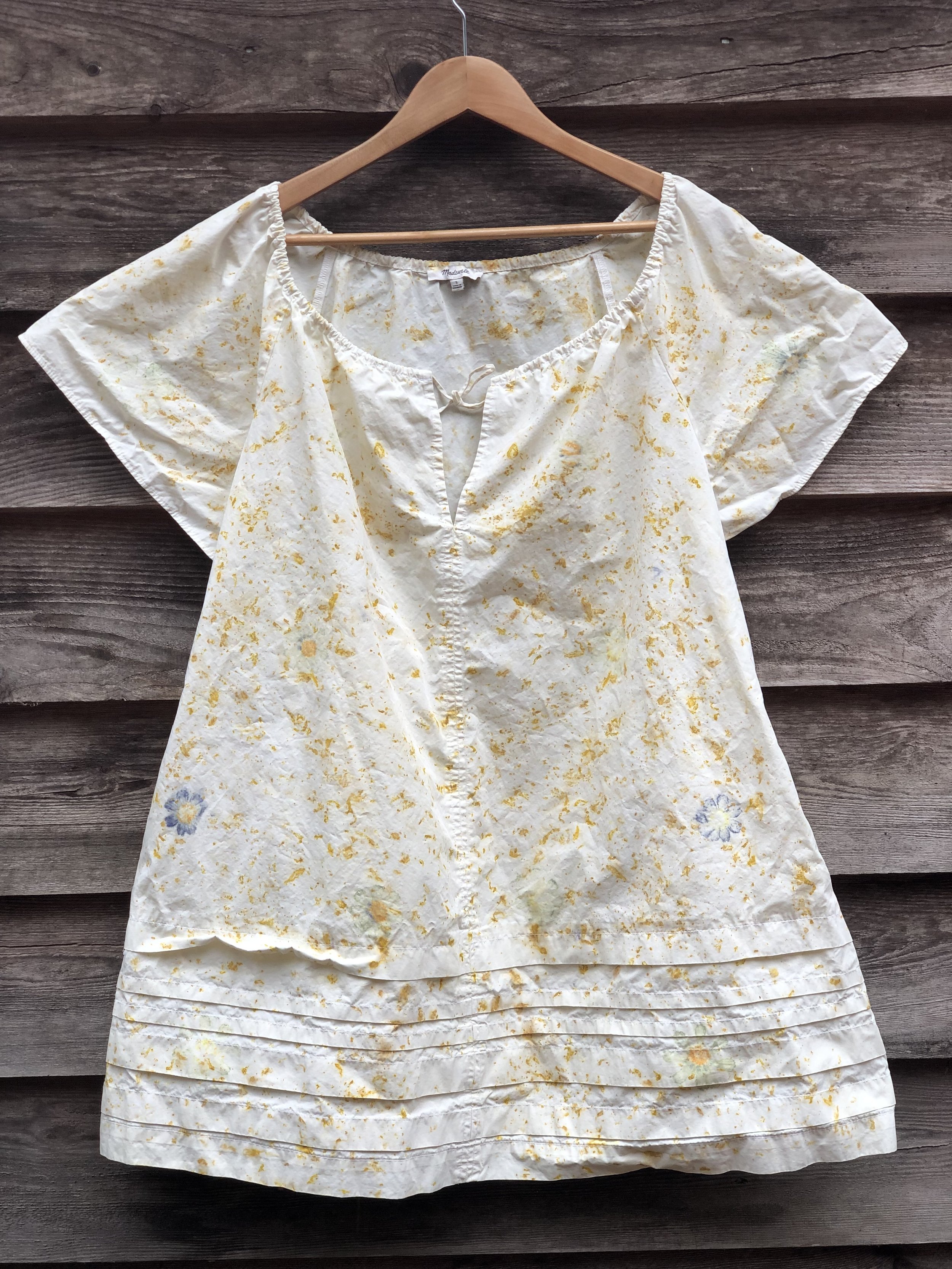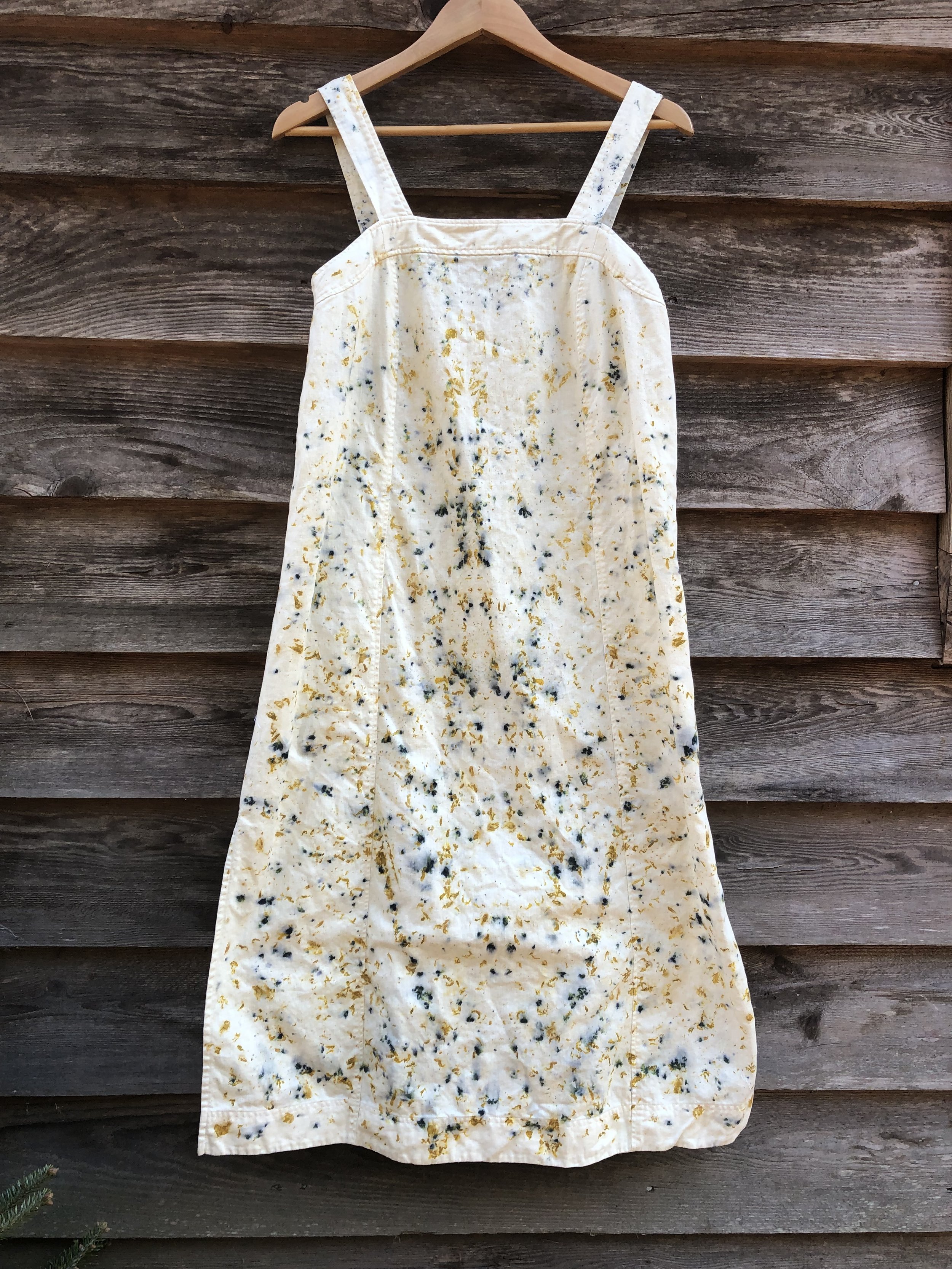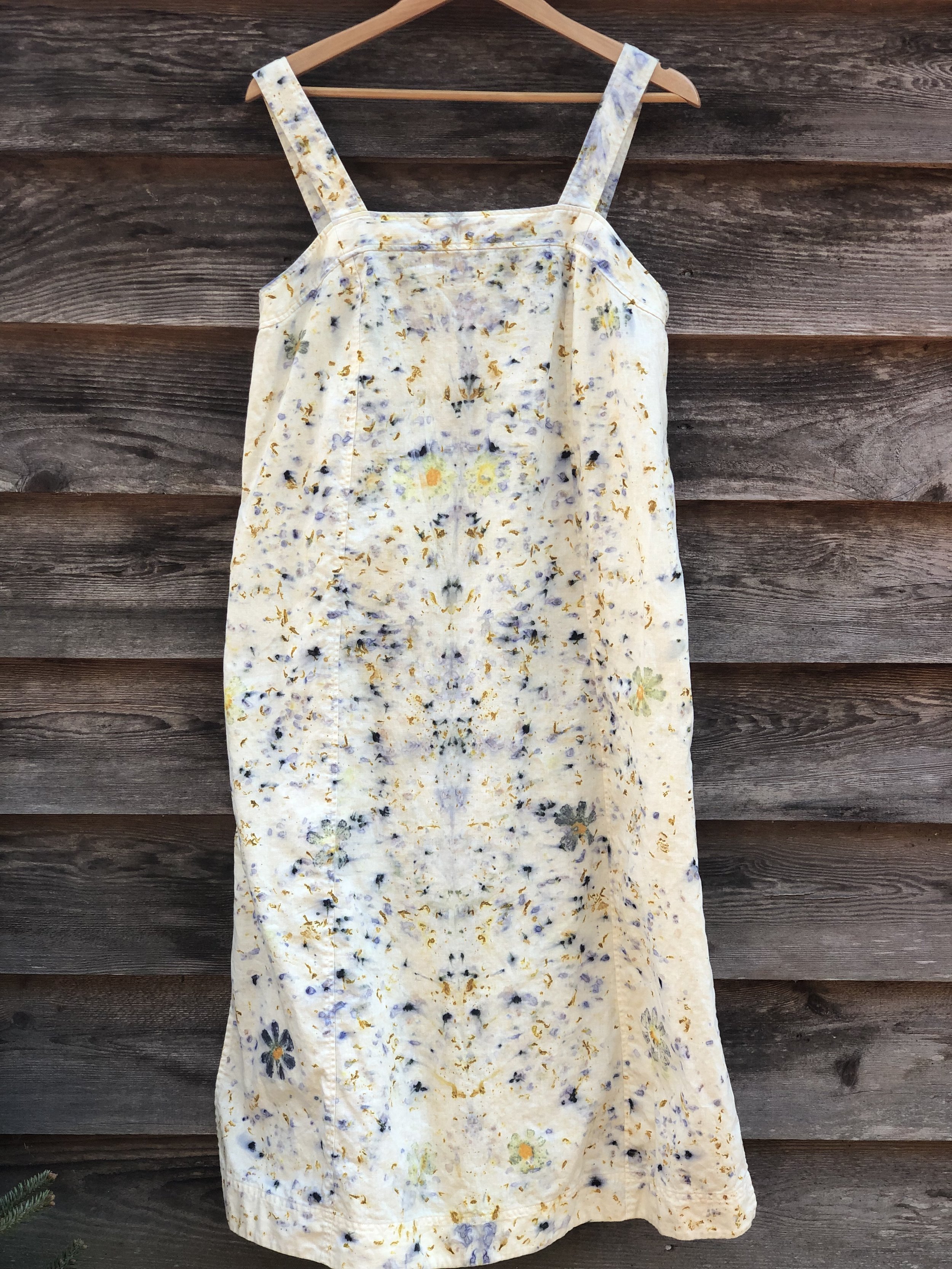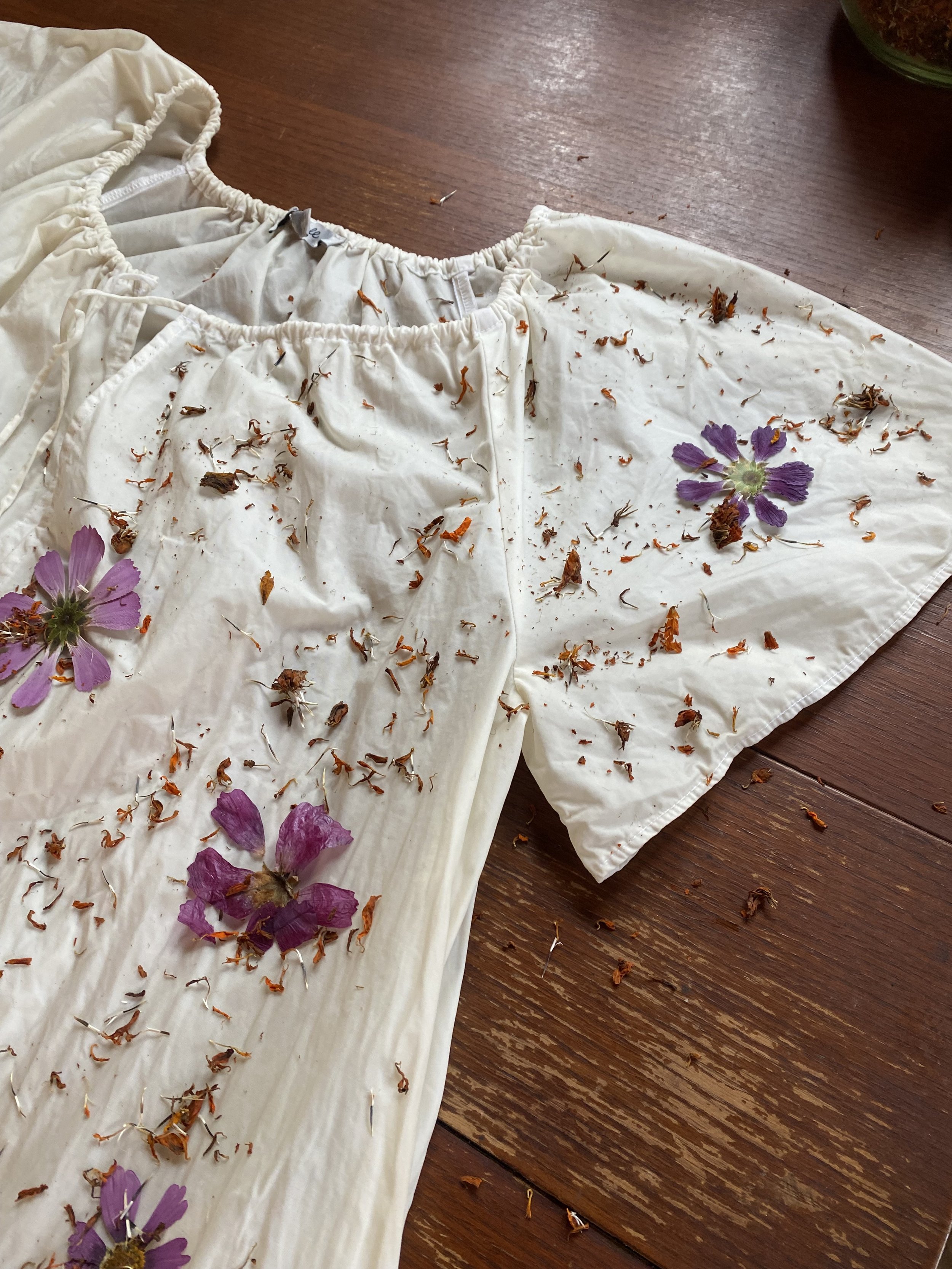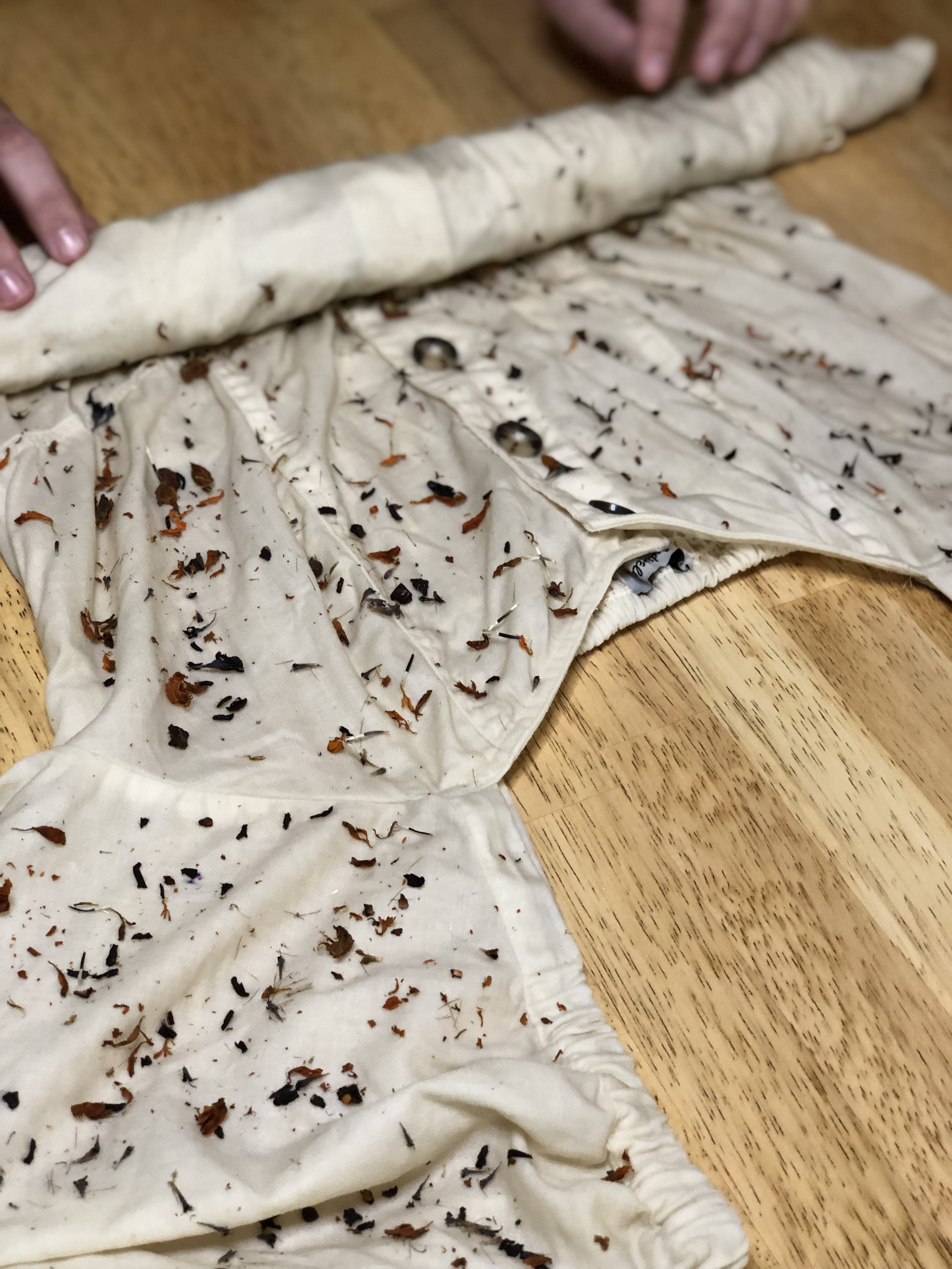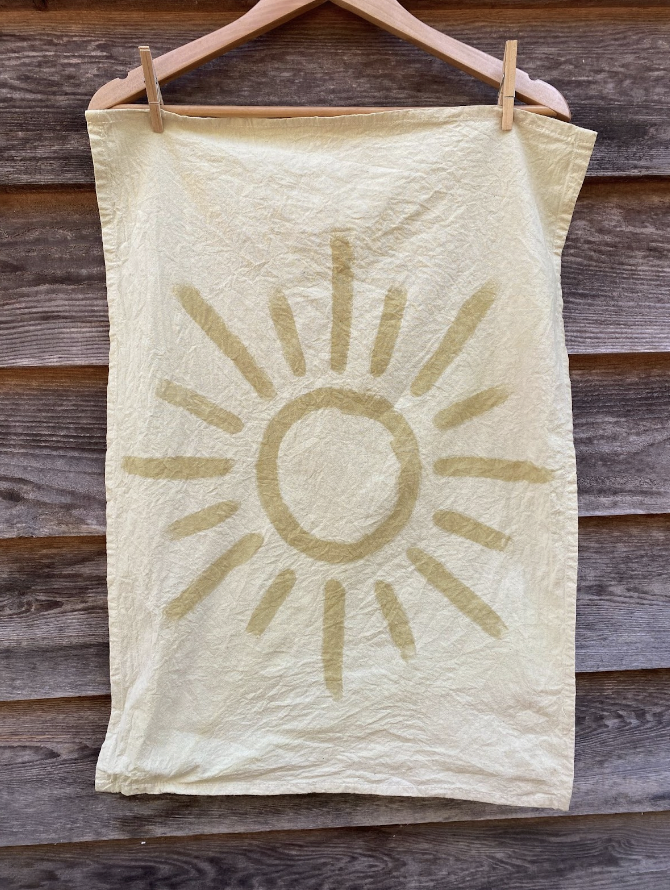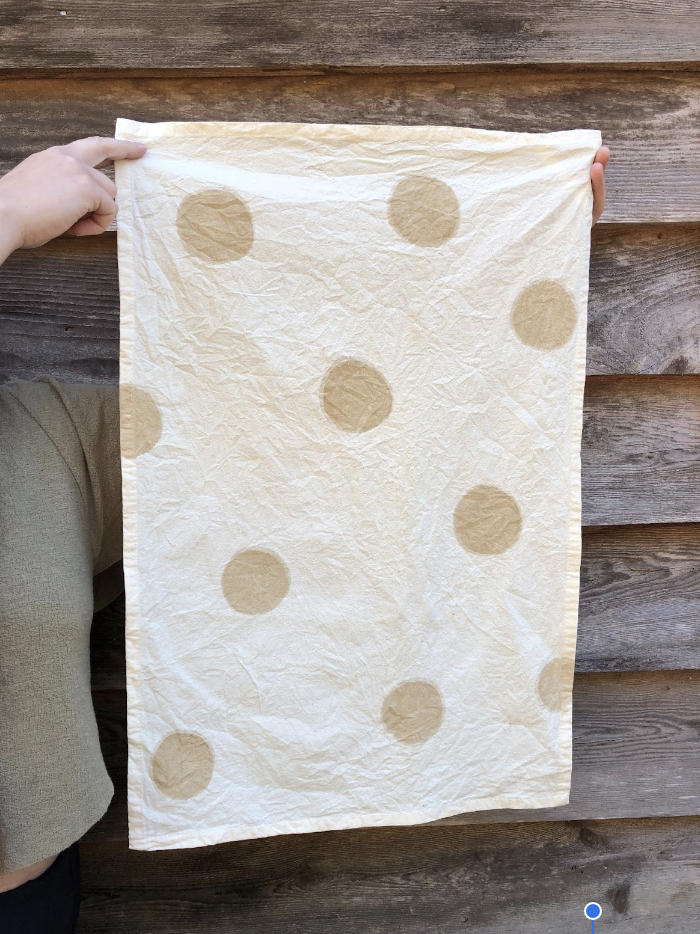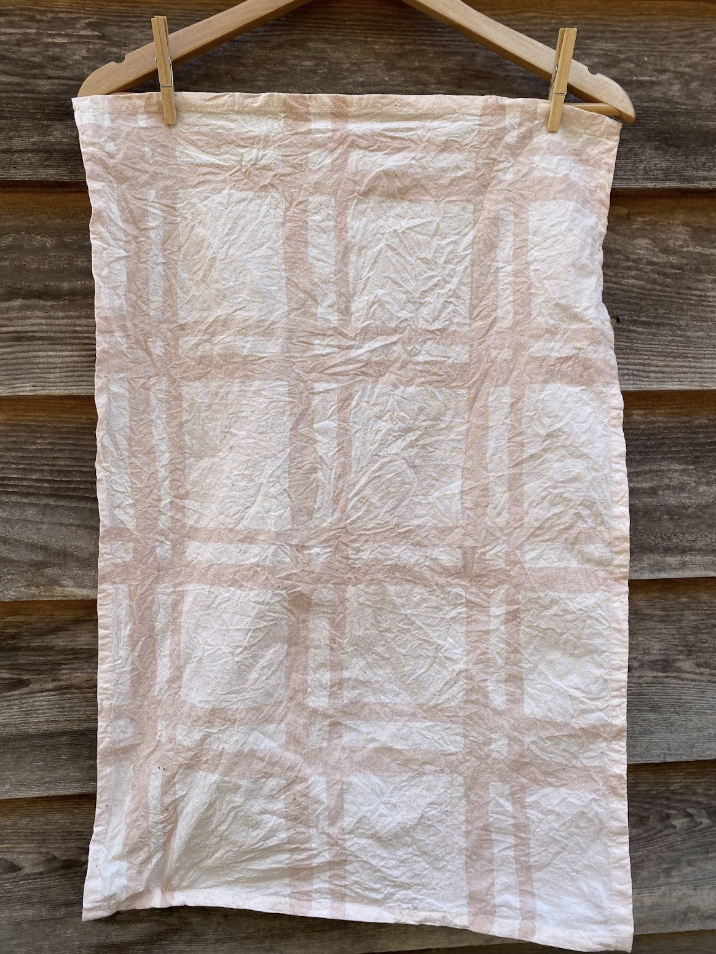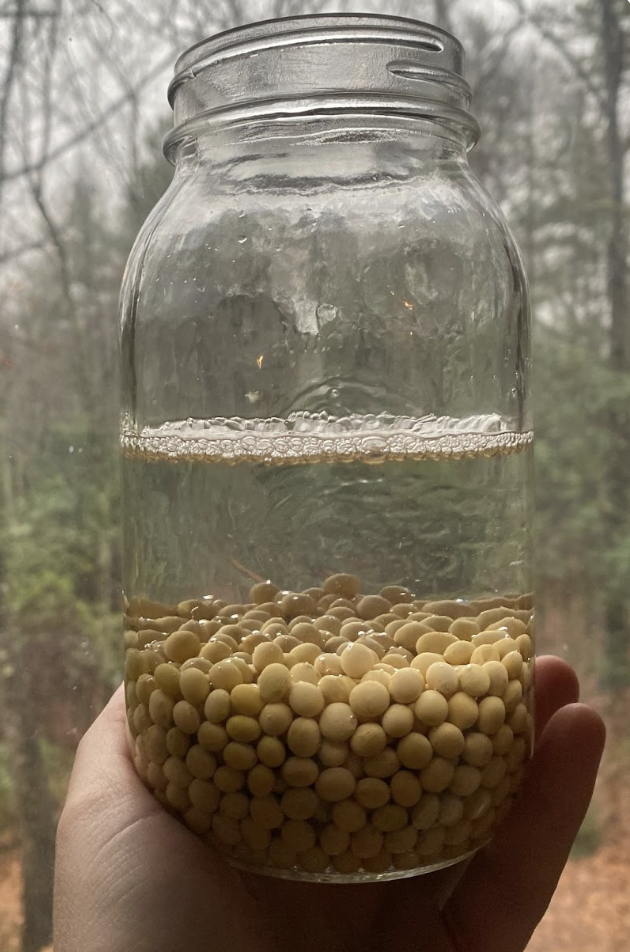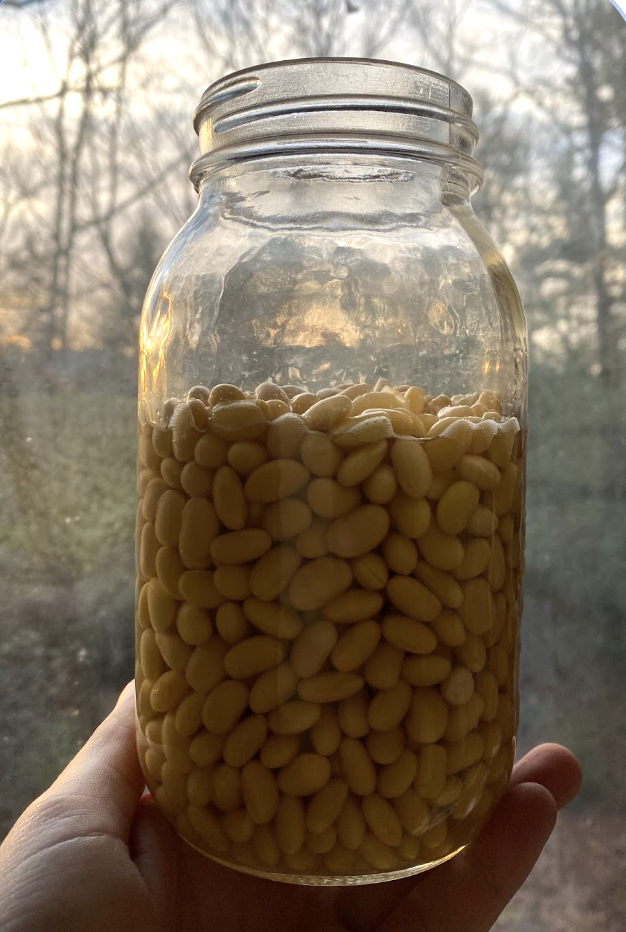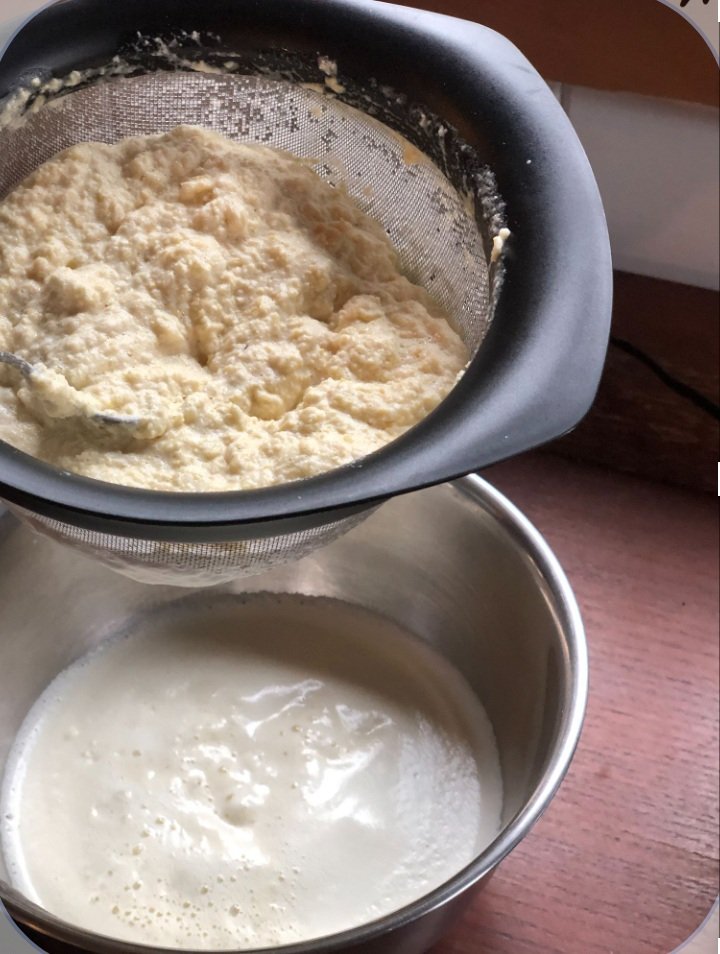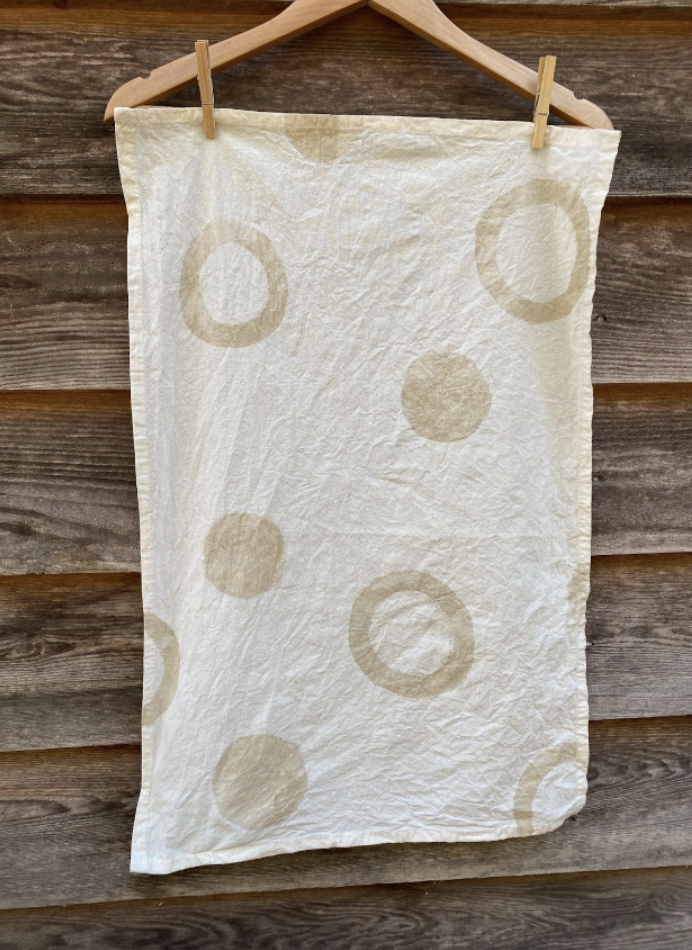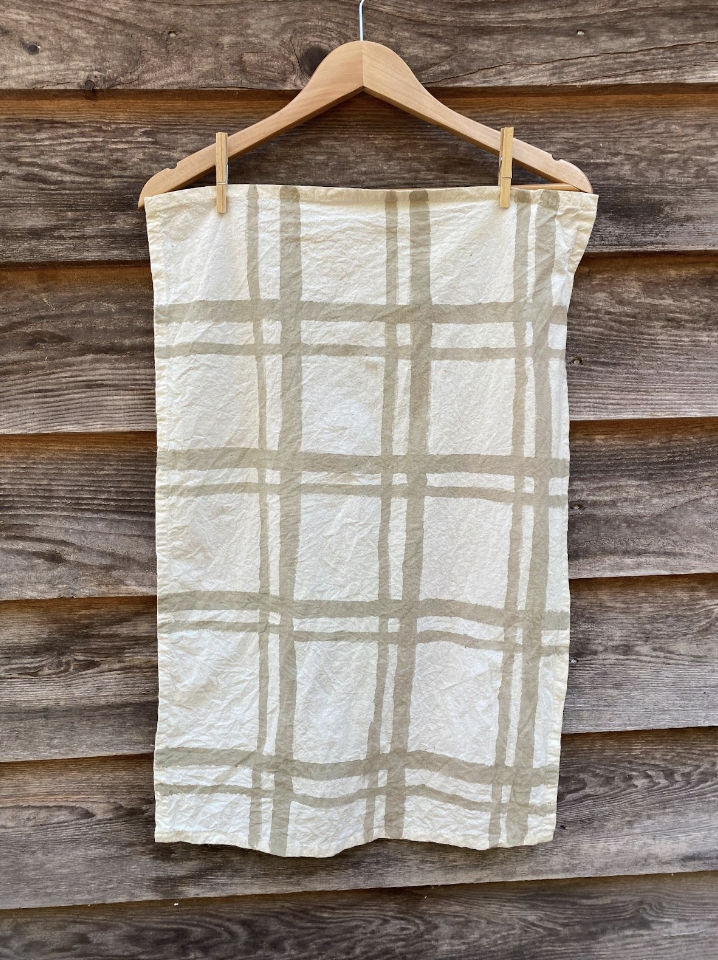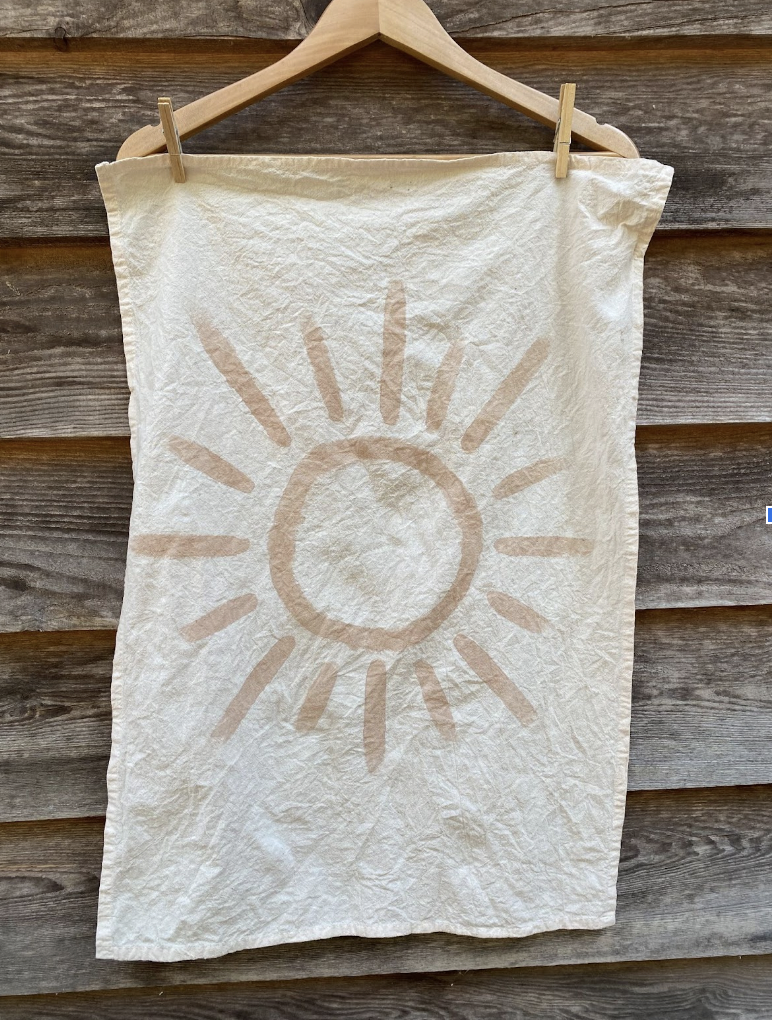One of our favorite weddings to date, hosted in Greenville, South Carolina for Ashton and Stephen. The bride, Ashton, knew the power of flower! The vision was to transform The Westfield event space into something that felt whimsical, but natural, with the blue and lavender color palette inspired by the Blue Ridge Mountains.
It took a team of 5 of us to pull it off and it went off without a hitch!
The arbor was created on a rounded frame. We saved the color for later in the evening, but maintained the whimsical vibe with bouncy branches to give it a wild and natural look.
Her bouquet brought the color for a bit, bridging the gap between ceremony and reception. Largely whites and greens, with pops of purple, periwinkle, and blue.
Guests were welcomed into the reception space by a large focal arrangement incorporating color and movement.
Above the focal arrangement was a chandelier where we added loose greens around the circumference. Loose greens here and there can take a wedding from formal and traditional to whimsical and modern instantly!
An arrangement similar in style and feel was created for the photo table. The blue and white chinoiserie inspired vases were brought in to incorporate more blue notes both here and mixed into the reception tables.
A unique part of the reception space was the lounge area. Beautiful furniture pieces fitting the color pallete and vibe were tied into the space with a simple white and green floral arrangement placed on either side of the couch
Now here’s where the color really shows up!! Shades of purple and blue were used to create the table centerpieces. Centerpieces were paired with blue taper candles, gold accents, and a dusty blue cheesecloth runner.
The final touch! The bride sourced a collection of natural lanterns to cover the ceiling over the reception space. We climbed high on ladders to add loose greens to the mechanics between lanterns. This detail, while it was certainly a time and energy investment, was so worth it!
With this addition, there were florals from floor to ceiling, leaving no room for anyone to check out of the magic of Stephen and Ashton’s wedding day!
Florals: Earth Blooms Flower Farm
Photography: Amaris Photo https://www.amarisphoto.com/
Venue: Westfield Greenville https://westfieldgreenville.com/
No longer available for events
